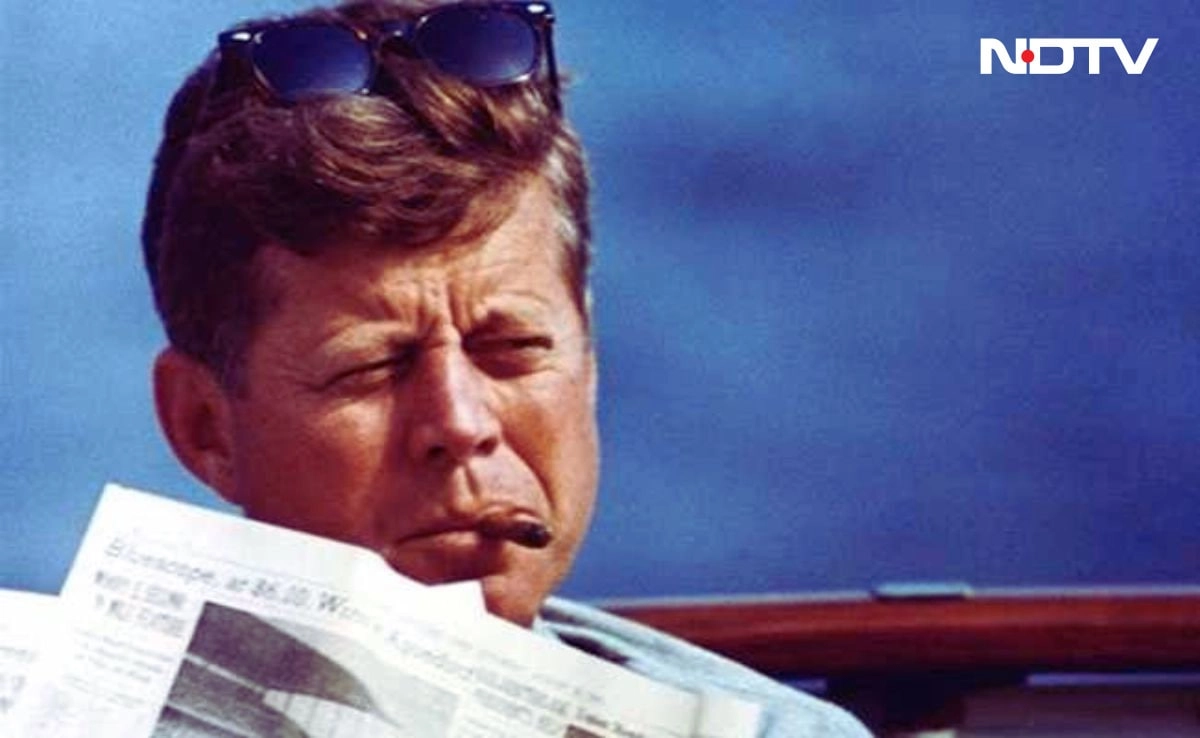In a recent revelation, Indian cricketer Shardul Thakur shed light on an intriguing incident involving wicketkeeper-batsman Rishabh Pant’s participation in a match despite his injuries. The incident raised eyebrows, especially among fans and experts who were concerned about the implications of playing an injured player. Thakur, in his recounting, shared that the decision for Pant to bat during a critical moment was not entirely spontaneous but rather part of a strategic plan devised by the team management. This plan aimed to maximize the team’s chances of securing victory, even in the face of adversity.
According to Thakur, the coaching staff and team members recognized the importance of Pant’s batting prowess, especially in tight situations where the team needed quick runs. Despite Pant’s struggles with injuries, the management believed that his presence at the crease could provide the much-needed impetus to the innings. Thakur emphasized that such decisions are often made in the heat of the moment, driven by the collective desire to win. However, he also acknowledged the fine line between pushing a player to perform and ensuring their health and safety.
The episode sparked a broader discussion on the responsibilities of team management regarding player welfare. While the pursuit of victory is paramount in competitive sports, the well-being of the athletes must also be a priority. Thakur’s insights into the strategic thinking behind Pant’s batting decision highlight the complexities involved in team sports, where individual health can sometimes take a backseat to the immediate goals of the team. As fans and analysts continue to debate the ethics of such decisions, it becomes clear that the dynamics of sportsmanship and strategy are ever-evolving, necessitating a careful balance between ambition and care for the players’ physical condition.
Ultimately, this incident serves as a reminder of the pressures faced by athletes and the decisions that management must make. As teams strive for success, the health of their players should remain at the forefront of their strategies, ensuring that the quest for victory does not come at the cost of an athlete’s long-term well-being. As discussions around player injuries and management practices continue, it is crucial for stakeholders in the sporting world to reflect on their approaches, fostering an environment where players can thrive both on and off the field.




